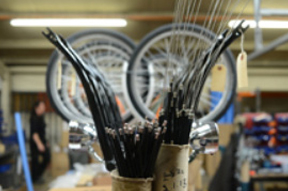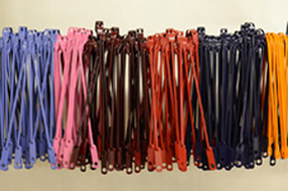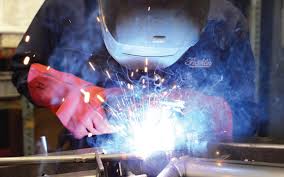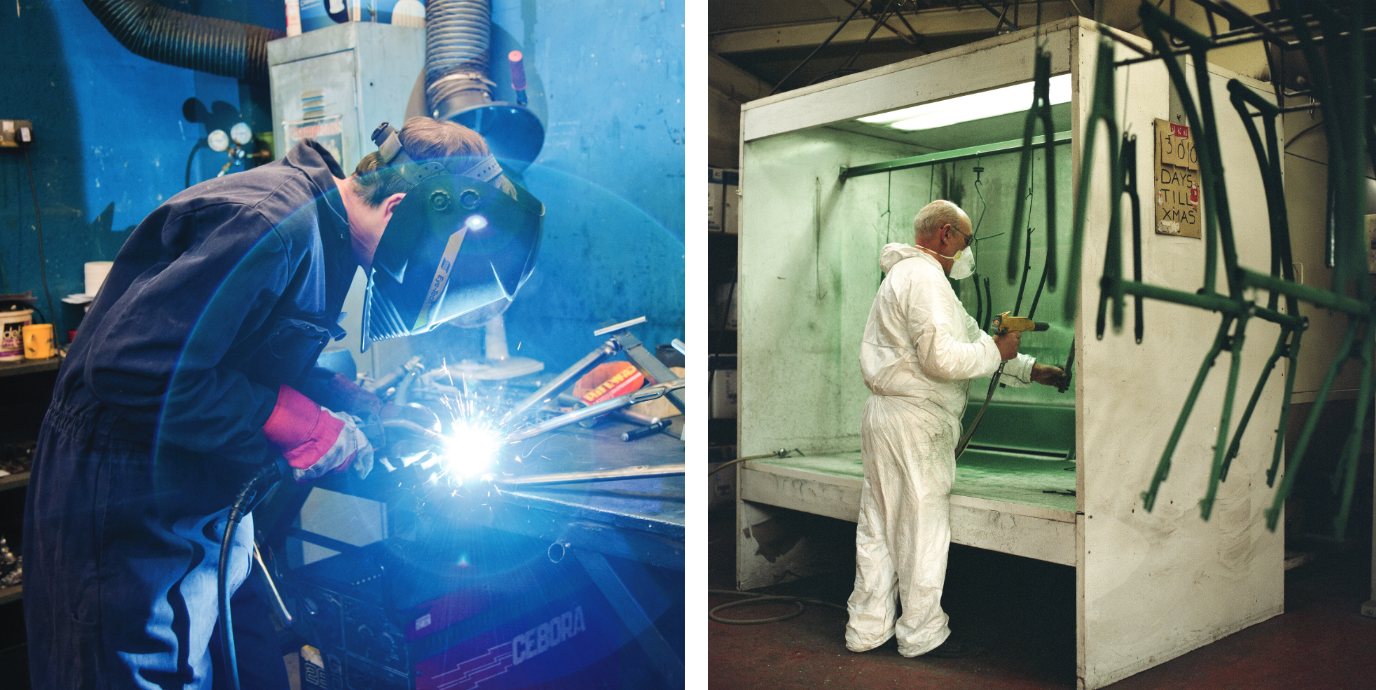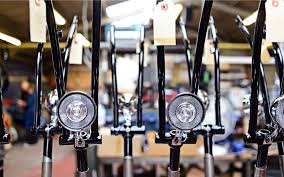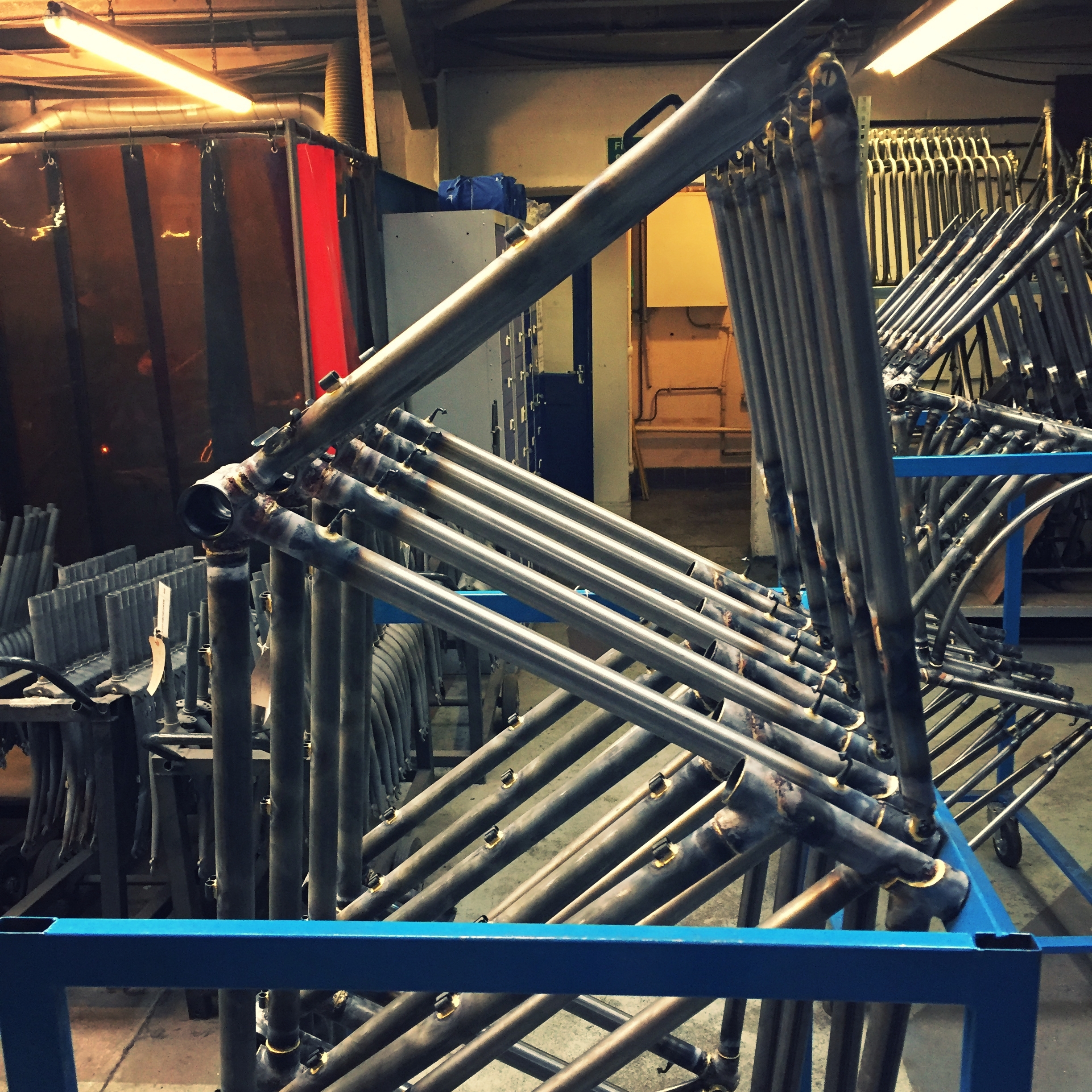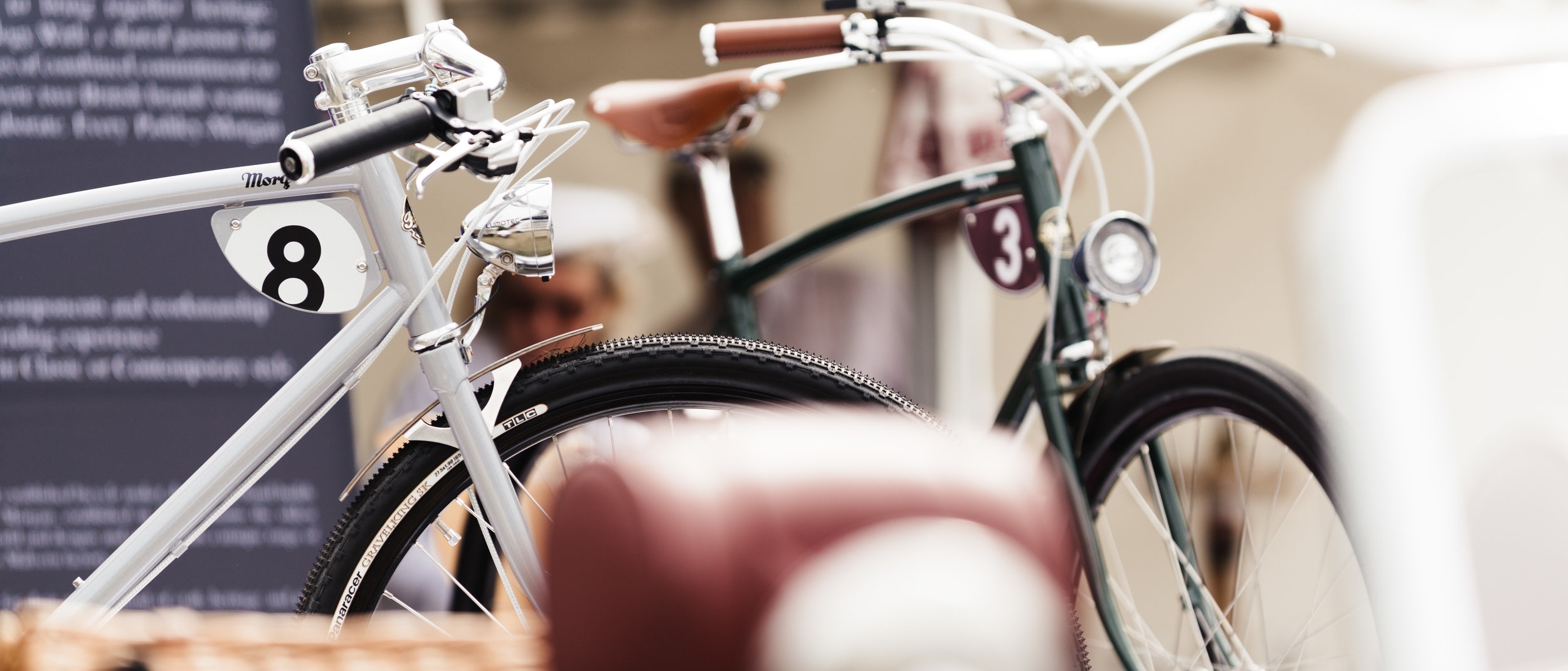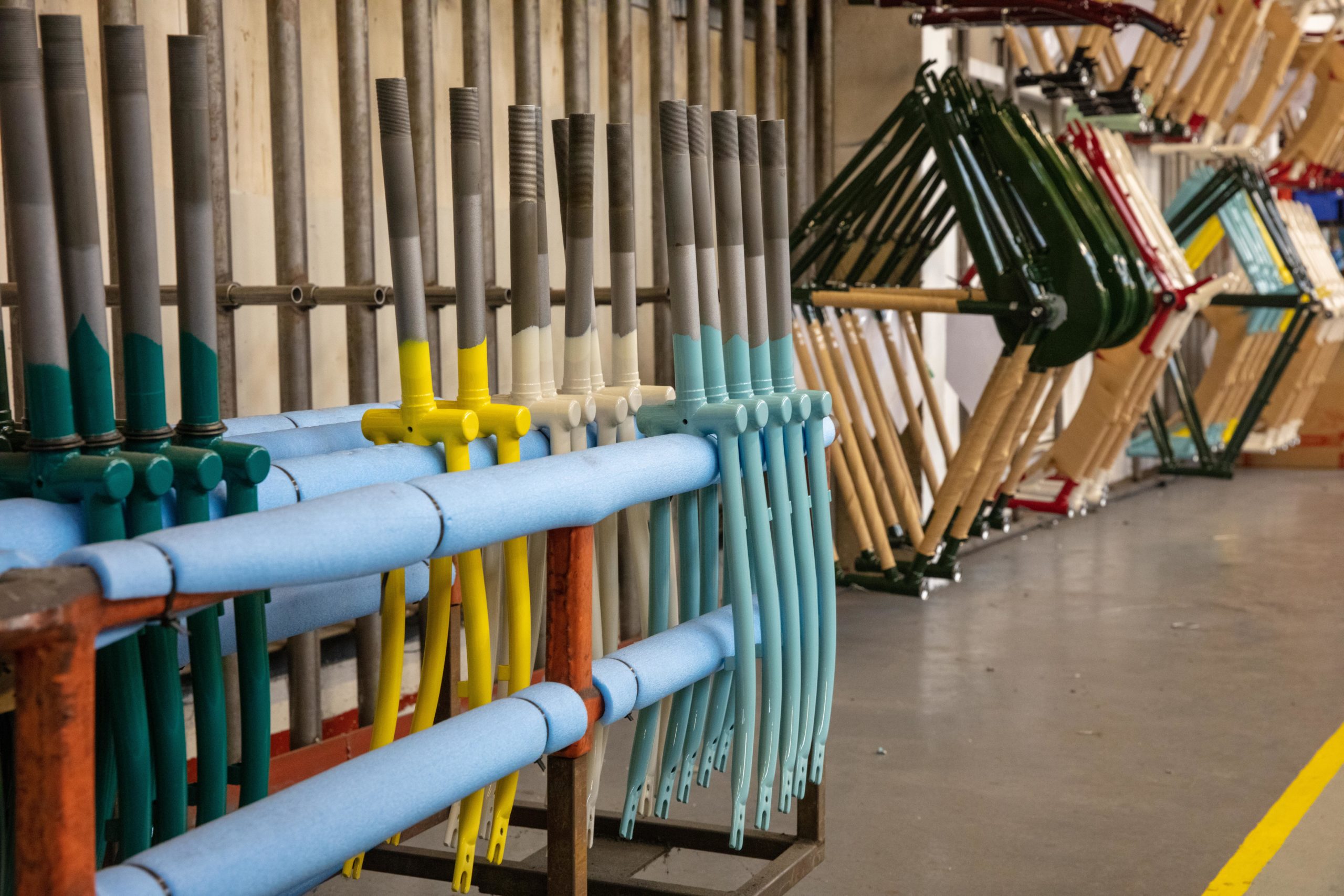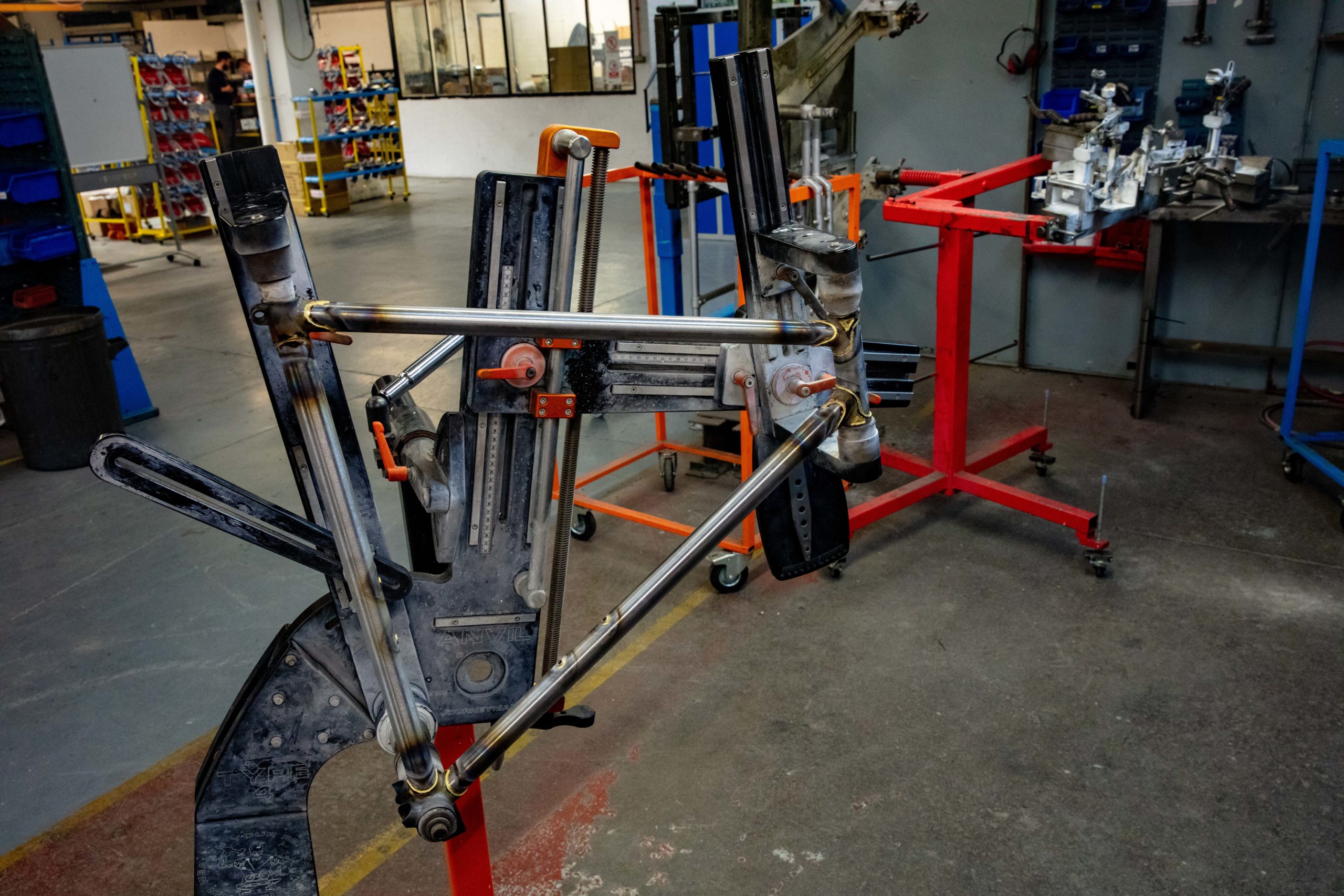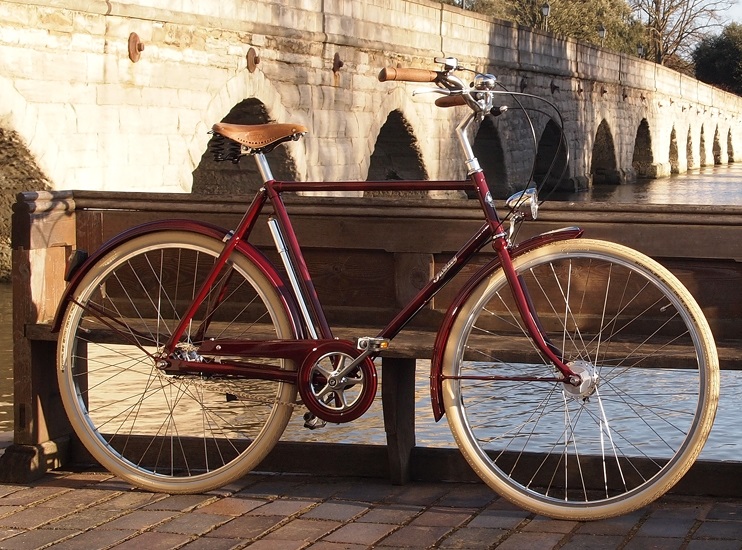
We are the Pashley distributor for the island of Ireland. We provide tariff-free Pashleys to Ireland from our warehouse and showroom in Dublin. Our involvement with the team in Stratford goes back many years and we are delighted to bring you the entire fabulous range of handmade classic bikes and trikes.
Since 1926 Pashley Cycles have been dedicated to hand-building high-quality bicycles and tricycles to meet the diverse and evolving needs of our customers. Pashley are proud to be the longest-established UK bicycle manufacturer. Pashley bicycles are not only unique in their design and quality, but also in their connection to a well-established heritage of craftsmanship and innovation at the workshop in Stratford-upon-Avon.
Although the demand for Pashley bicycles has increased considerably in recent years, there is no wish to sacrifice quality for quantity, and therefore Pashley continues to focus on a small-scale, hands-on approach to production.
Pashley employ a close-knit team of experienced craftsmen and women who hand-build each cycle individually, ensuring an unparalleled level of quality and longevity in a bicycle that will provide years of performance, pleasure and reliability.
THE PASHLEY FACTORY
Another motivating factor for the team at Pashley is an ongoing and deep dedication to the satisfaction of our customers. They are very loyal to the owners of their cycles who in turn are highly discerning, and we therefore strive for constant innovation to match the needs and desires of these customers.
We always embrace feedback and suggestions, and it is this that directly led to the development of The Pashley Collection by their small but focused design team. This is a unique and growing range of accessories and attire designed to complement Pashley bicycles and their owners, and to support local producers wherever possible.
The very same design team is constantly keen to innovate on Pashleys’ existing ranges of cycles by combining the traditional aspects of the company with quirky and fun new designs. This can be seen in the Parabike, a rather more relaxed and unique take on a cruiser-style cycle. Pashley is focused on evolution rather than revolution, and therefore seek to innovate whilst remaining true to our traditional identity.
It is by combining a strong knowledge of our customer’s needs, an impeccable quality of hands-on manufacture and the urge to innovate that Pashley is able to be truly unique to this day.
Pashley bicycles are ‘different by design… distinctive by nature’, and we hope you agree and enjoy the experience that a Pashley cycle can bring.
Hand-Building a Bicycle…
We really do hand-build our cycles in Stratford, from the brazing of the raw steel to create the cycle frame, through to the final assembly of the cycle where its components and finishing touches are added. The following bullet points give a brief overview of our hand-build process:
1. Frame tubes are manipulated into shape using bending machines (if required).
2. Tubes are then mitred (cod-mouthing) so they fit together (beneath the lugs); this is done in the machine shop.
3. Tubes are then hand-assembled to form the frame.
4. Tubes are then brazed (with brass) in a jig in the brazing bay (some frames are also still brazed in the hearth).
5. ‘Braze-ons’ (e.g. cable guides) are then also brazed-on.
6. The frame is then slotted and reamed in the machine shop – e.g. slotting of the seat clamp slot; and head-facing/reaming of the head tube, that cleans the head tube for the headset bearings fitment.
7. The frame is then hand-cleaned of all surplus brass and swarf (a process called fettling).
8. It is then sand blasted to clean the frame surface for painting.
9. The frame and other fittings (e.g. mudguards and chaincase) are then sprayed with a powder base coat, and put through the oven to cure. A top lacquer is then applied and they go into the oven again.
10. When the frame and fittings have cooled, graphics are applied.
11. The frame is then prepped for assembly: the bottom bracket in fitted, the headset bearing pressed in, and any racks are fitted. The frame is then wrapped with crepe paper.
12. The cycle is then assembled by the assembler: this involves the fitting of the remaining components, such as the wheels, brakes, handlebars, bells, and baskets.
13. After quality-checking, the assembler carefully boxes the cycle and takes it to our dispatch area, ready for collection.
14. The cycle is then collected and shipped to a Pashley dealer or commercial customer, in one of 50 countries around the world.



